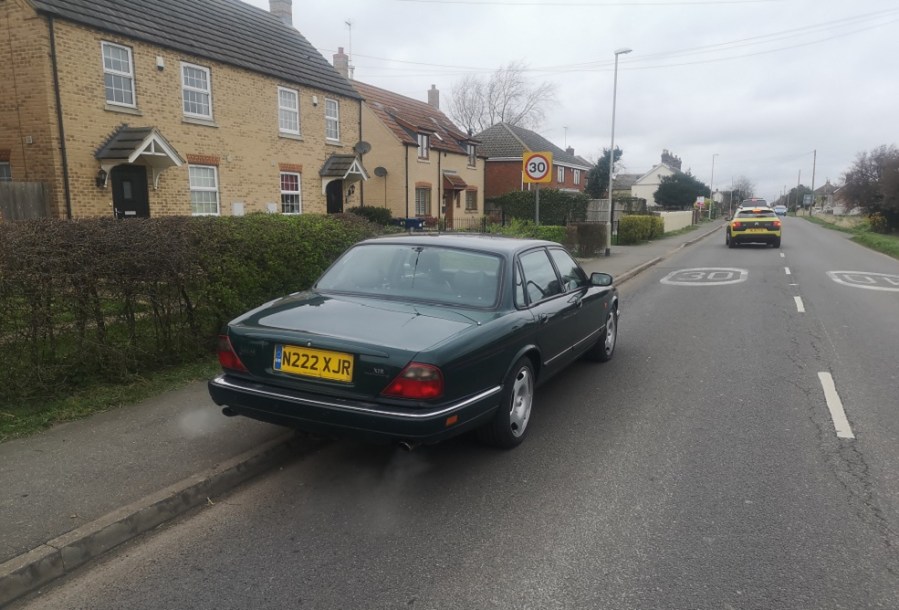Classic car owners without access to off-street parking facilities could be affected by a new 12-week government consultation on whether to ban pavement parking across the UK. It is already illegal in London, apart from some specific areas marked by blue signs or white box markings on the road.
Now the Department for Transport (DfT) is to consult on new proposals to tackle pavement parking and make streets safer for parents and disabled people. The consultation will look at options such as extended enforcement powers for local authorities. Outside of London, currently only the police have applicable enforcement powers.
It will also consider how a nationwide ban on pavement parking enforced by local authorities might work, allowing for any necessary exceptions or designated spots for pavement parking where needed, and how a tailored approach may be required to cater for the challenges of rural and suburban areas.
The consultation follows a Commons’ Transport Select Committee report last year that called for a blanket nationwide ban on the “blight” of parking on pavements.
Transport Secretary Grant Shapps said: “Vehicles parked on the pavement can cause very real difficulties for many pedestrians. That’s why I am taking action to make pavements safer and I will be launching a consultation to find a long-term solution for this complex issue. This will look at a variety of options – including giving local authorities extended powers to crack down on this behaviour.”
Jack Cousens, head of roads policy for the AA, welcomed the new review, but warned against a total ban due to the lack of uniformity in the nation’s roads. “We absolutely agree that people who park in an anti-social way should be penalised,” he said. “However, many drivers in narrow streets are tempted to partially park on the pavement so emergency services and refuse trucks can pass.
“An outright ban could lead to unintended consequences with parking chaos becoming more widespread. A better solution would be for councils to make a street-by-street assessment and where pavement parking could be allowed it be clearly marked and signed.”





